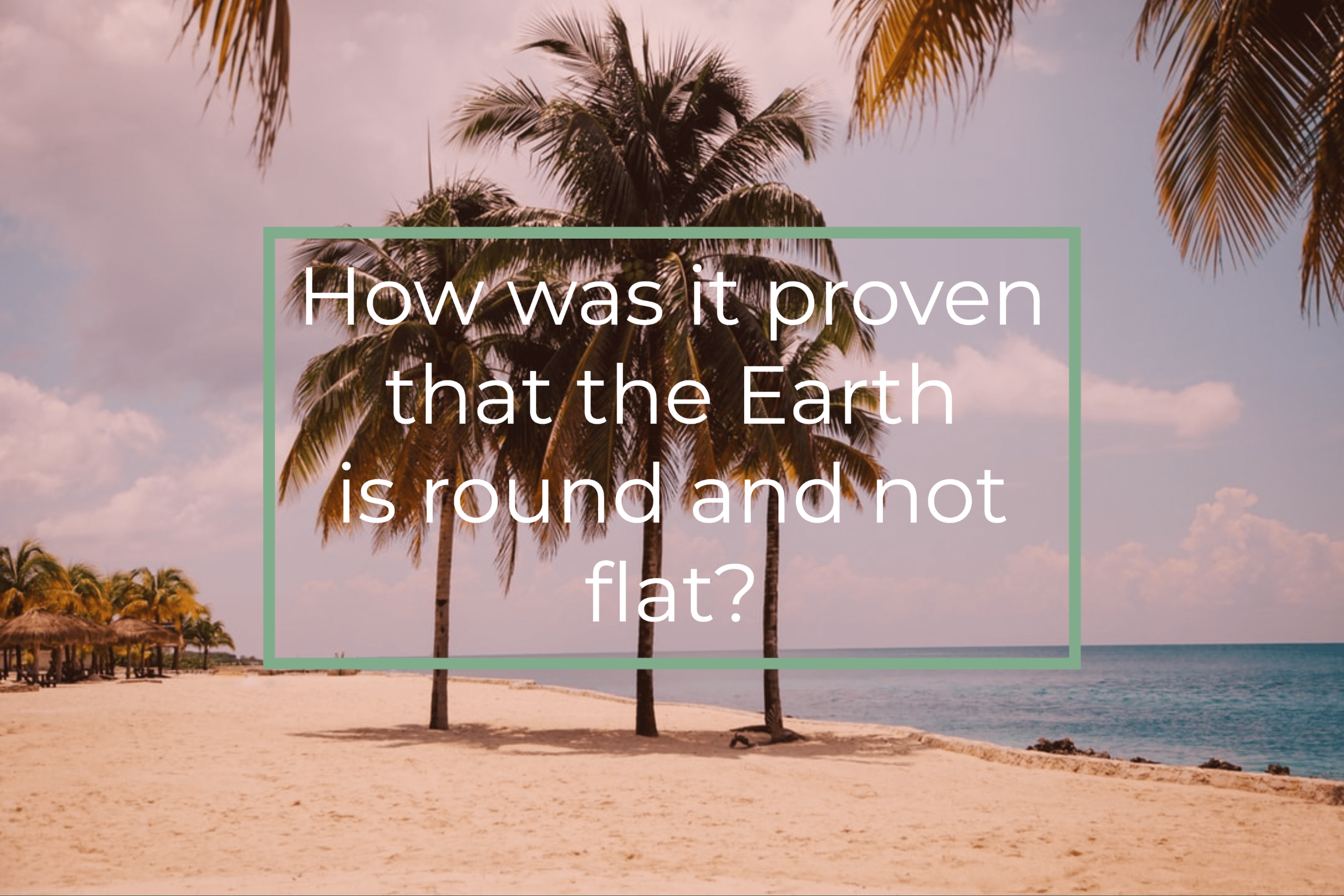Even before a famous explorer circumnavigated the world or humans started going into space, the ancient Greeks had known that our planet is round and not flat.
It was Pythagoras who raised the idea of the spherical world in 500 BC. But, it was around 2,000 years ago when Aristotle, the famous Greek philosopher Aristotle had riddled out the issue.
Aristotle wrote in his book, ‘On the Heavens,’ that their observations of the stars made it evident that the Earth is not only round, but is massively-circular. He said that few alterations from north to the south already result in significant changes in the horizon.
To simplify things, Aristotle wants to imply that we see diverse sets of start in the sky based on the location we are in. The stars you will see when you’re standing in the northern hemisphere will be different from those you will see over the southern hemisphere. If the Earth is flat, all humans would see the same set of stars in the night sky at any given time or location.
But, another Greek personality and mathematician explored the idea and managed to measure the planet’s circumference. It was Eratosthenes, the chief librarian of the city of Alexandria.
Eratosthenes had found out that in the city of Syene, vertical shadows don’t appear at noon during the summer solstice. He became curious if this the case of the southern city would be the same for Alexandria.
To clear the ambiguity, Erasthosthenes shove a stock on the ground to see if a vertical shadow would show up at noon. And, one did appear, measuring at around 7 degrees.
So, if the sun’s rays are both coming directly overhead, but the two different cities cast shadows differently: the presence of one in Alexandria and the absence in Syene. The condition implies that the planet’s surface is curved. The Greek polymath most likely knew that even before most of the people from his time did.
With that, he used his observations to calculate Earth’s circumference. Since the shadows cast a 7-degree difference, then, the two cities are also 7 degrees apart. He then hired someone to track the distance between Syene and Alexandria and found that they were around 5,000 stadia apart or nearly 800 kilometers.
Eratosthenes integrated some trigonometry and used simple rules of proportions to get the planet’s circumference. Seven degrees is roughly around 1/50 of 360 degrees. 800 kilometers multiplied by 50 results in 40,000 kilometers. Through that, he was able to figure out Earth’s circumference using a stick, and some simple calculations.
Since then, it became common knowledge that the Earth was round and not flat, at least for the powerful and educated people.
But, exploration began, and people started traveling our spherical planet. From 1519 to 1522, Ferdinand Magellan, the renowned Portuguese explored circumnavigated the Earth – a feat he would be able to do so should the Earth was flat.
However, even before Magellan, it was pretty apparent for sailors that the Earth was round. This is because if you go towards the mountains, you will notice its peak showing first over the horizon before the entirety of it.
More Readings:
Flat Earth (Wikipedia)
Related Posts:
- What is the Earth made of? What is beneath the Earth?
- What is the weight of the planet Earth? Is it constant or increasing?
- Should we see the Earth go round if we stood still in a balloon in the sky?
- Why aren’t people at the equator thrown off into space by centrifugal force since the Earth is rotating at a high speed?
